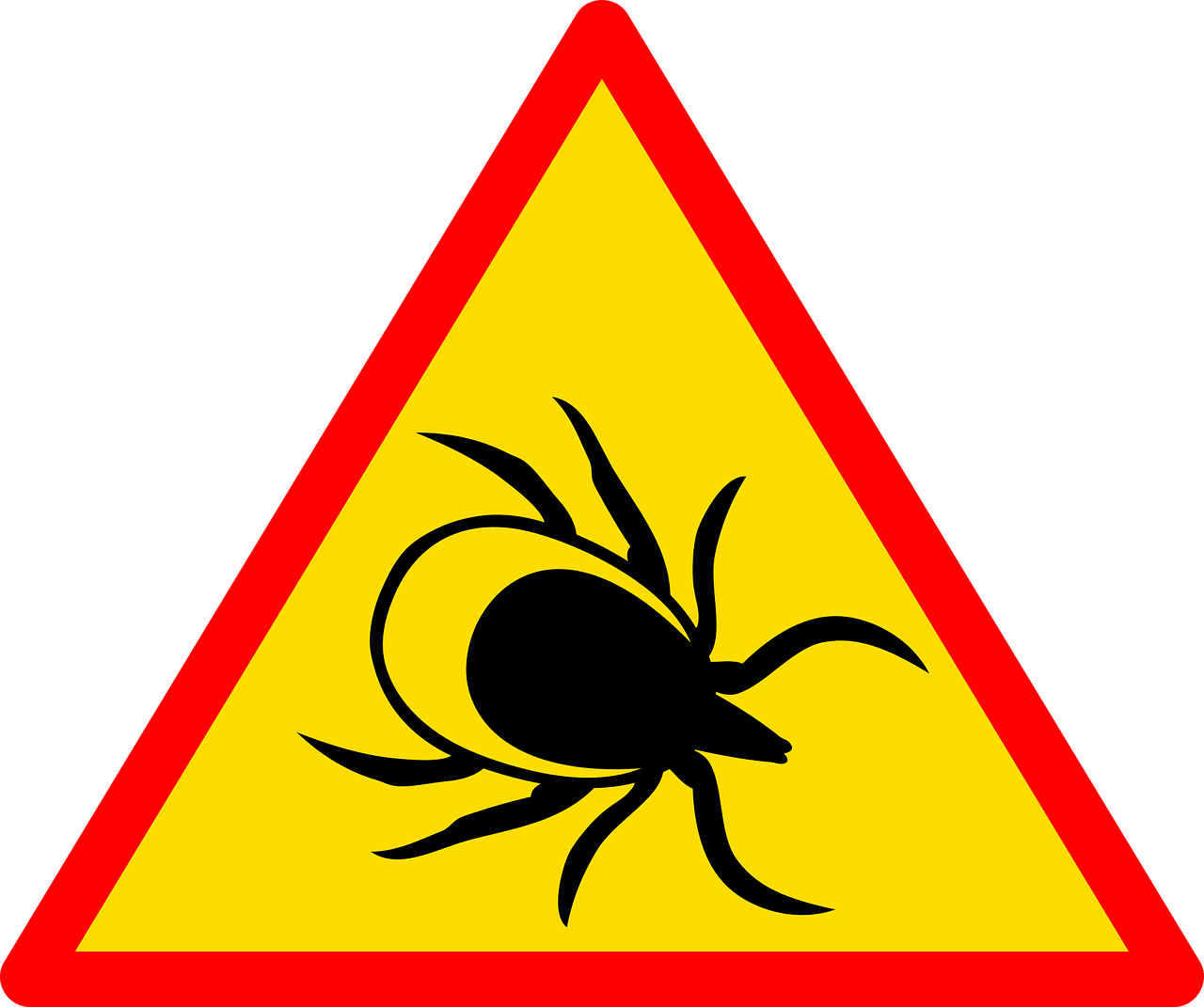Do You Have Lyme Disease?

By Dr. Janine Pulley
Many people have heard about Lyme disease but do not know much more about it than its name. Lyme disease is a bacterial infection caused by Borrelia burgdorferi, which is often carried by ticks. The bacteria can infect you when a tick bites you and allows it to enter your bloodstream. Once you are infected, B. burgdorferi proliferates and spreads.
That doesn’t sound good! That is why timely treatment is crucial in Lyme disease – you want to clear out the infection before it turns into a chronic issue, which is harder to treat. The most common treatment is antibiotics because that’s what they do – kill bacteria.
So how do you know if you have Lyme disease? There are blood tests to confirm them, like the ELISA and Western Blot. Unfortunately, these tests are not always very accurate or sensitive. 56% of patients with Lyme disease test negative using this two-tiered testing system that the CD recommends.1 Up to 52% of patients with chronic Lyme disease are negative on the ELISA (the first test), but positive by Western blot.1 So even if your ELISA comes back negative, you should insist on the Western blot test if you suspect you may have Lyme. And if you doctor suspects you have Lyme disease despite the tests coming back negative, it may be worth it to do the course of antibiotics anyway to see if your symptoms improve (which you will discuss with your MD). Then after you are done with the antibiotics, you can repopulate your gut flora with probiotics such as the Prescript-Assist that Dr. Pulley provides to help minimize the side effects of antibiotics.
Lyme disease can be very tricky disease to diagnosis because it is known as the “great mimicker” – it mimics many other diseases ranging from chronic fatigue syndrome to rheumatoid arthritis to Bell’s palsy. The clearest way to tell that you just caught Lyme disease are:
- You were just exposed to ticks (playing outside, hiking, etc.)
- You had a red, bull’s eye rash in the area where a tick was
If you see a rash like this, you should make an appointment with your doctor immediately to get tested and treated.
One of the best ways to prevent Lyme disease is to check yourself and your pets for ticks after each time you go outside so you can remove the ticks before they bite you. Make sure to check in hard to reach and see places, like behind your ears, in your armpits, near your groin, behind your knees, and in your hair too so you do not miss one! Also consider showering when you come back inside, which will allow you to see your whole body more easily to remove them. Don’t forget to check your clothing and any gear you take with you too!
Also consider making your yard less tick friendly. Be sure to mow your grass regularly and clear out bushes and brush that gives them places to hide. Keep leaves raked. Put down wood chips or gravel between grass and your patio or play equipment. Stack wood neatly in a dry area. Remove old furniture and trash.
What if you miss a tick bite or never develop the classic rash? There are other symptoms of early Lyme disease, which typically manifest within the first month or so.2 If you see these symptoms, again it is important to see your doctor immediately for quick treatment before it develops into the harder to treat chronic version.
- Bell’s palsy (facial muscle weakness or paralysis)
- Severe headaches and neck stiffness
- Flu-like symptoms
- Fainting, shortness of breath, chest pain, or heart palpitations (aka, Lyme carditis)
- Shooting pains that may interfere with sleep
- Lightheadedness
- Pain and swelling in large joints
Chronic Lyme disease is a bit trickier to treat because the disease “hides” in your body. It can also present with a variety of symptoms that can be misdiagnosed as other diseases, such as fibromyalgia or MS – which is why it is known as the “great mimicker” and can go undiagnosed for years. Some of these more common late or chronic Lyme disease symptoms include:
- Joint pain
- Fatigue
- Headache
- Muscle aches
- Cognitive impairment
- Memory loss
- Sleep impairment
- Twitching
- Heart-related symptoms (Lyme carditis)
- Gastrointestinal symptoms
- Neuropathy (nerve pain, numbness, tingling, hot/cold sensations)
- Psychiatric (mood changes, depression, etc.)
Again, if you think you may have these symptoms, it is a good idea to visit your MD to get evaluated and tested so you can receive appropriate treatment as soon as possible.
Some people find that the antibiotic regimen is not enough to treat their chronic Lyme disease, so they turn to acupuncture and herbal medicine for relief.
Acupuncture can be used to alleviate most of the symptoms of early and chronic Lyme diseases, such as the joint pain, fatigue, headaches, muscle pain, trouble sleeping, digestive issues, neuropathy, mood changes, flu-like symptoms, and facial palsy. The acupuncture can be tailored to your specific set of symptoms to give you the most relief possible, while promoting your body’s ability to heal to help you fight the infection more effectively.
Herbal medicine can also be useful because it functions similarly to the antibiotics – it helps to target the infection itself rather than the symptoms. Be sure to tell the herbal medicine practitioner you see what medications you are on to ensure that there are no negative interactions between your medicine and the herbal formula.
If you have Lyme disease and are looking for acupuncture to help with your healing process and to provide relief of your symptoms, give Dr. Pulley a call today to schedule a consultation at 978-237-5106!
- Lyme Disease Diagnosis. Lymedisease.org. https://www.lymedisease.org/lyme-basics/lyme-disease/diagnosis/. Accessed July 28, 2016.
- Lyme Disease Checklist. Lymedisease.org. https://www.lymedisease.org/lyme-disease-symptom-checklist/. Accessed July 28, 2016.


